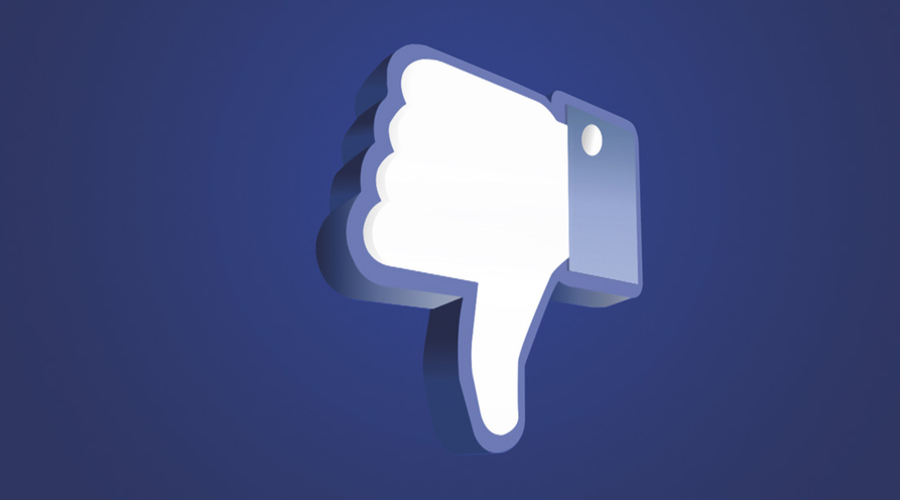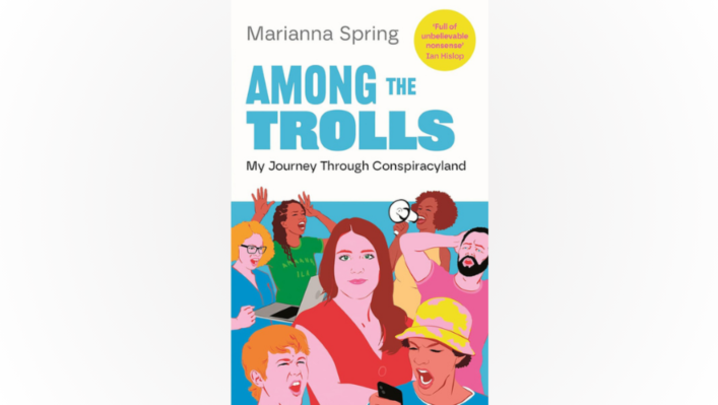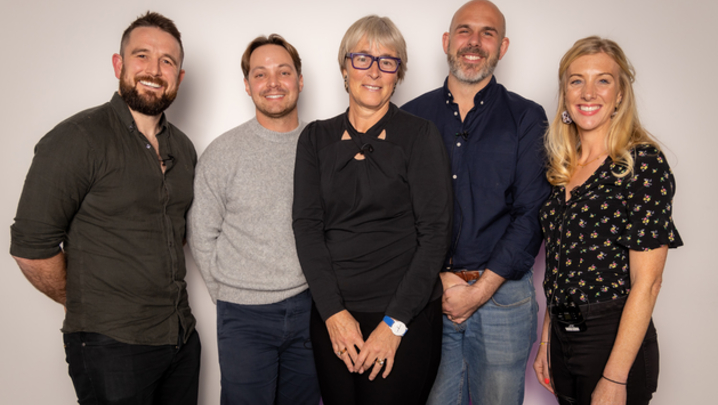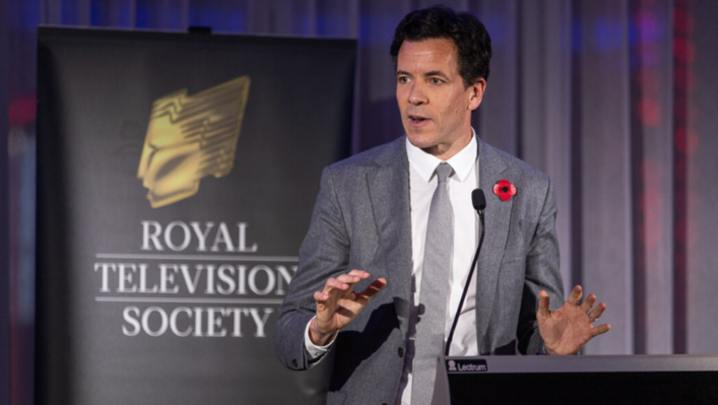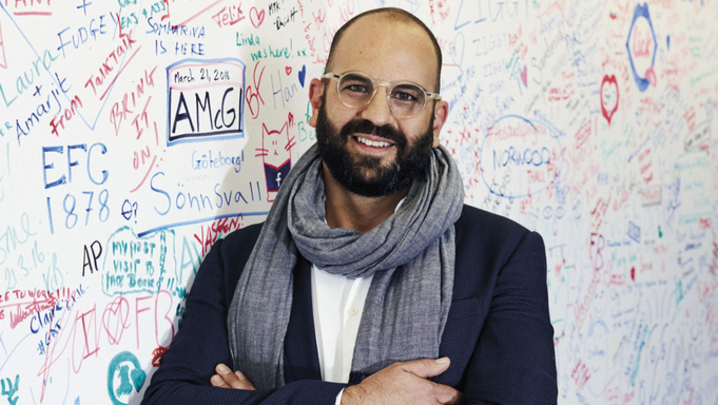Richard Sambrook argues that broadcasters need to reset their relationship with social media
My name is Richard and I used to be a social media evangelist. Yes, I know, it’s shameful and hard to believe. But, back in the 2000s, the infant social media held such promise for broadcasters and audiences alike. In those sun-dappled days, we used to talk about the promise of interactivity, empowering the audience, real connection and insight into their thoughts and ideas. All this and free distribution!
Such innocence. As Noah Kulwin recently wrote in New York magazine, we failed to foresee “how the Silicon Valley dream of building a networked utopia would turn into a globalised, strip-mall casino overrun by pop-up ads and cyberbullies and Vladimir Putin”.
It’s an age-old story. It started simply enough with a few likes and shares, which provided a harmless buzz of connection to the audience. But, soon, that wasn’t enough.
We started to crave more complex analytics and greater reach; we heard people talk of “engagement” – a state of deep, meaningful connection with our viewers – and, before we knew it, we were strung out, sweating in fear of an unannounced overnight tweak in the news-feed algorithm.
"We took comfort from the big technology platforms saying that they weren’t publishers"
Those who cared about us started to worry about the company we kept, saying that they could no longer tell the difference between us and the clickbait and lies we hung around with...
And, all this time, while we spent more and more money to provide free content to the platforms, they, in return, seemed to play fast and loose with data and metrics.
As one leading TV commissioner recently told yet another fake-news seminar: “I feel like a woman who has been mugged for her handbag by a man in a Rolls-Royce.”
OK, perhaps that’s taking it a bit far, but we do need a serious conversation about broadcasting and social media. With the benefit of hindsight, it’s clear that the promise of reach, access to the elusive younger demographic and granular feedback through user data seduced broadcasters into allowing intermediaries to come between them and the audience. We can’t even say it was a strategic mistake. Where was the alternative? The platforms grew so rapidly on the back of extraordinary technology, and offered services that, inevitably, had broader, customised appeal than anything a single broadcaster could offer. The elusive under-30s audience was hanging out online, not in front of TVs.
There have been three core strategies for broadcasters on social media:
- Direct – based on the hope that users will click through to a broadcasters’ own site, thus providing direct user value;
- Distributed – based on the reach value of those who serendipitously encounter the broadcasters’ content in their news feed;
- Pure marketing – in effect, a variant of the distributed approach.
An executive at one major UK broadcaster tells me that they see no direct increase in TV viewing when they invest more in social media. Hard figures, of course, are closely guarded and difficult to find.
We took comfort from the big technology platforms saying that they weren’t publishers – just distributors – before realising that the algorithms determining who saw what were not neutral or transparent.
Someone was making decisions about who saw our content without much discussion, agreement or openness. But those potentially huge reach numbers still seemed to justify us being there.
The problem has been that the platforms sacrificed quality for scale and sales – and broadcasters have not gained sufficiently from either.
Research from the Reuters Institute at Oxford University shows that many users fail to recognise media brands in their social feeds. Broadcasters face a huge challenge in trying to differentiate their content online or on mobile.
A square video, played silently for perhaps 10 seconds, may register as a metric, but it does not provide a quality experience and, all too rarely, attracts loyalty back to the provider.
At heart, there is a conflict between the purposes of a regulated public broadcaster in the UK and the purposes and methods of social media. Jonah Peretti, founder of BuzzFeed, has explained how “sharing” is the key metric online. His and other sites are designed to encourage and enable sharing as much as possible.
Sharing may be a good indicator of consumer interest, but it is no indication of citizen value (a crucial responsibility for regulated media).
Social media encourages opinion over fact, and it is increasingly fed by outrage and emotion. Consequently, this feeds division. Emotional triggers encourage greater use, more data, and bigger profits.
Broadcasting, on the other hand, is committed to bringing audiences together for common experiences, a constructive public debate and building, rather than dividing communities.
Social media has been driven by brilliant technology and engineers, with little experience or interest in social or political policy, or anything qualitative that can’t be measured and coded. A mix of naivety and hubris has meant that, until recently, the software engineers have been dismissive of social science or editorial judgment. As a consequence, a series of scandals and misjudgments has left them in what Noah Kulwin describes as their current “profitable crisis state”.
Because, for all the inquiries, committee hearings, campaigning and debate, they remain hugely profitable, with ever-expanding user bases, while traditional media audiences continue to decline.
None of this is to deny the many benefits and extraordinary achievements of social media. But we can no longer pretend that there is a healthy relationship between traditional media and the newer tech behemoths. So, how might things be reset?
"Now is the moment to reset the relationship"
There is currently much talk of regulation but less clarity about what form this should take. Content regulation online would be hugely complex and likely to have damaging collateral consequences. Questions of scale, and control of data, seem more fruitful areas to consider for intervention, but is anyone really going to break up the likes of Google or Facebook?
The Germans are regulating against hate speech, the French against “fake news” during election campaigns (but who decides?). The European Commission is looking at what can be done short of regulation.
Meanwhile, the UK has proposed a sensible if, so far, broad-brush digital charter to encourage best practice, with codes of conduct and more. But politicians have a weak understanding of the issues (as anyone watching the recent congressional committees can testify) and motivations that may not always be pure.
The social-media companies can be encouraged to self-regulate or reform, and are doing so. Where once Facebook believed artificial intelligence could manage all content, it is now committed to employing 20,000 moderators to do what an algorithm can’t.
AI will develop and help further. It has largely removed pornography from the major platforms and can, doubtless, address hate speech and violence, too.
Some argue that Facebook and Google should be paying more money to content providers. But beware the handout trap. A couple of hundred million in a fund may feel good but it does little to address structural problems. A better solution might be proper payment for the content the platforms offer their users, or perhaps licensing of some form, as we have for music use or under the Newspaper Licensing Agency.
The digital environment means that, whatever our reservations, social media will be a key part of the future for broadcasters. But now is the moment to reset the relationship.
Broadcasters may not have the global scale or resources of Facebook or Google, but they have strong brands and are loved by audiences. They also benefit trust, accountability, experience, judgement and, above all, great content. The Faangs may need us more than they realise.
Richard Sambrook is a professor of journalism and director of the Centre for Journalism at Cardiff School of Journalism, Media and Cultural Studies.

